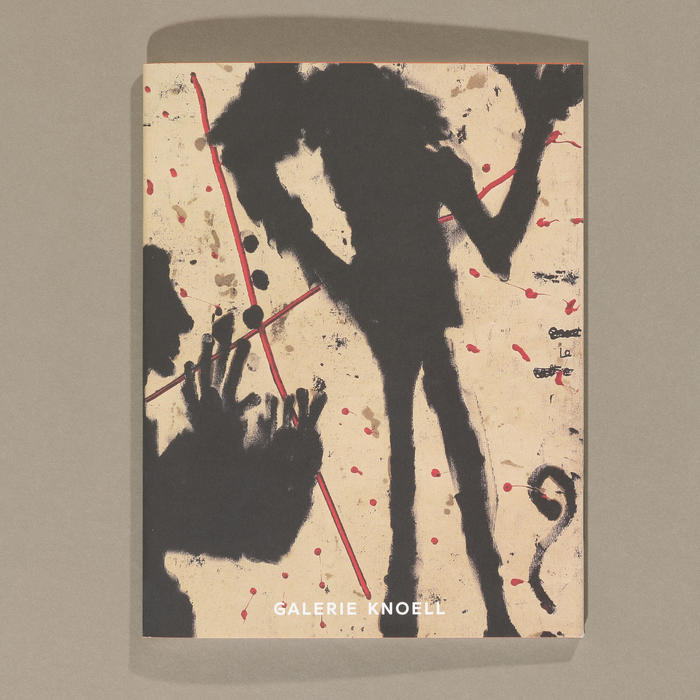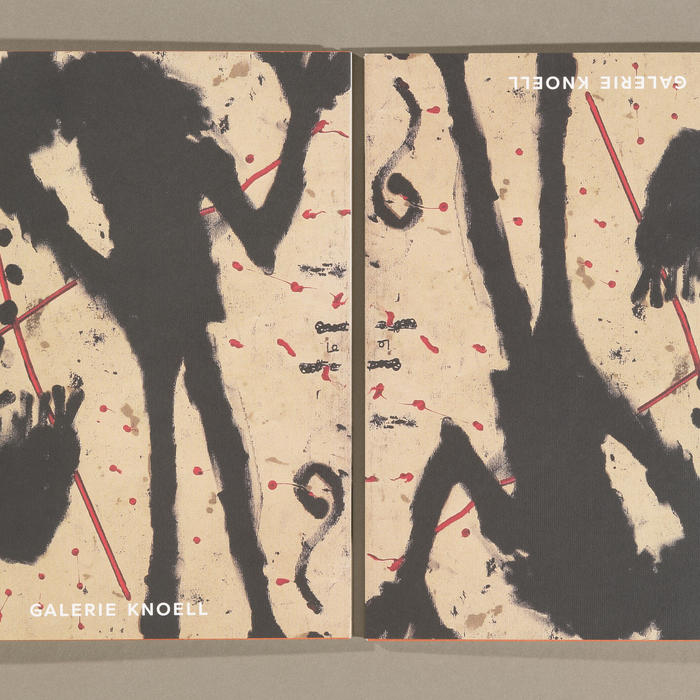Louis Soutter
1871 — 1942
"Not correct, not beautiful, but right. I paint in ink and blood, paint true. Truth is terrible." Thus Hermann Hesse wrote in 1968 in a poem bearing the name of the artist Louis Soutter.
Louis Soutter, born 1871 in Morges, began his training as an engineer in Lausanne and later as an architect in Geneva before studying painting and music. In Brussels he studied violin with Eugène Ysaye as a teacher, in Paris he attended drawing and painting lessons by Jean-Paul Laurens and Jean-Joseph Benjamin-Constant.
Together with his wife Magde Fursman, a violonist from the USA, Soutter moved to Colorado Springs in 1897. He becomes head of the art department at Colorado College, but returns to Switzerland after only six years as soon as he has been divorced from his wife. Tormented by depression, Soutter leads an unstable lifestyle, after which his concerned relatives admit him to Ballaigues retirement home in 1923. He will remain there until his death in 1942. For the artist, an intensive creative phase begins; he almost compulsively creates a multitude of dreamlike drawings. Scenes from the bible as well as from the common daily life serve the artist as a starting point for his compositions, which he initially creates in exercise booklets. Encouraged by his cousin Le Corbusiers and Jean Gionos, Soutter chose increasingly larger formats, his style developing almost mannerist features. Due to his steadily decreasing vision, the artist began to paint directly with his fingers around 1937. Prosaic scenes of mythological character as well as narratives are created, which take place in surreal spaces. Louis Soutter is one of the most important representatives of the Art brut, not least because of this last intensive creative phase.
 v: Vierge céleste / r: Schweizer, 1923-30
v: Vierge céleste / r: Schweizer, 1923-30  Un Christ / Un Christ / rite du Darbiste, 1939
Un Christ / Un Christ / rite du Darbiste, 1939  Vlies en forêt, 1923-30
Vlies en forêt, 1923-30 
